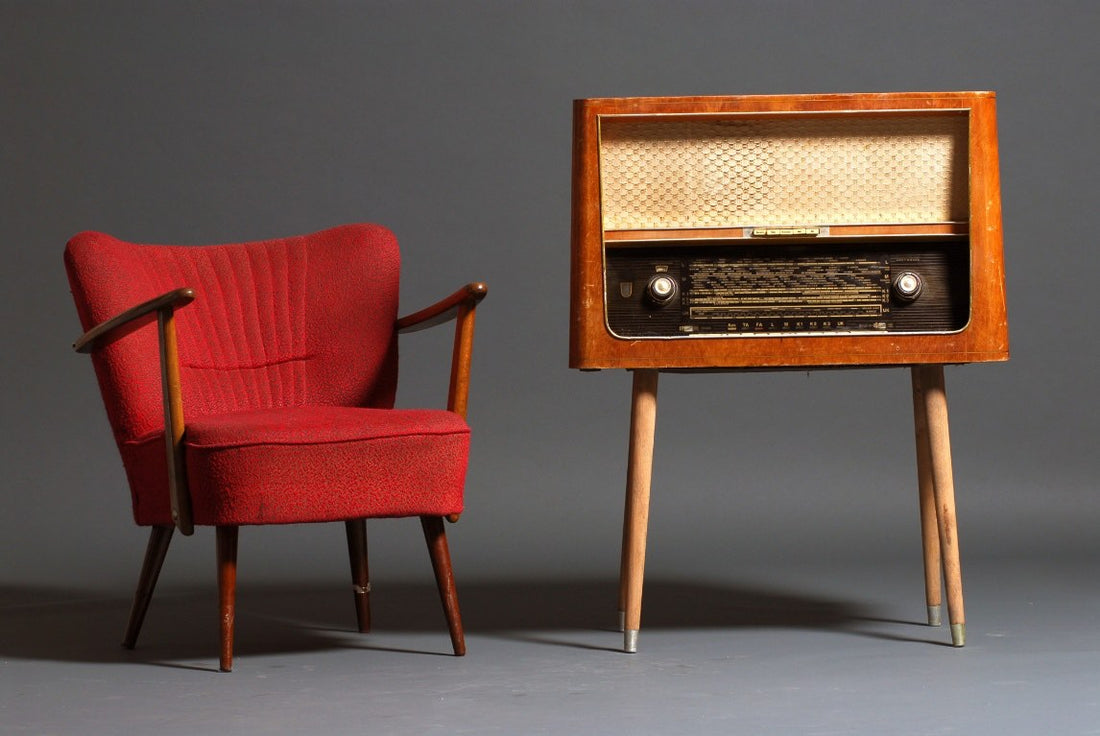
Antique vs. Vintage
Share
Antiques vs. Vintage: What's the Difference and Why You Should Care
The world of pre-loved treasures can be confusing. You hear the terms "antique" and "vintage" thrown around interchangeably, but they're not quite the same. Understanding the nuances between these two categories is key to navigating the market, appreciating the history behind each piece, and ultimately, building a collection you love. So, let's break down the differences and explore why both antiques and vintage are worth your attention.

Defining Antiques
The generally accepted definition of an antique is an item that is at least 100 years old. This age requirement is the primary distinction. Think of it as a historical marker. An antique is not just old; it's a relic of a bygone era, offering a tangible connection to the past. These pieces often hold significant historical, cultural, or artistic value, making them highly sought after by collectors. Examples include furniture from the 18th or 19th century, early porcelain, or historical documents.

Vintage: A Nod to Nostalgia
Vintage, on the other hand, encompasses a broader range of items, typically those from the mid-20th century onward. While there's no strict age cutoff, vintage pieces are generally considered to be at least 20-30 years old. The term "vintage" evokes a sense of nostalgia, often referencing specific stylistic periods like mid-century modern, the groovy 70s, or the bold 80s. Vintage items are appreciated for their retro charm, unique character, and connection to a more recent past. Think vintage clothing, retro furniture, or classic toys.

Why the Distinction Matters
Understanding the difference between antique and vintage is crucial for several reasons:
-
Value: Antiques, due to their age, rarity, and historical significance, often command higher prices than vintage items. However, certain vintage pieces, particularly those from iconic designers or brands, can also be quite valuable.
-
Collectability: Knowing the difference helps you define your collecting focus. Are you drawn to the grandeur of antique furniture or the playful spirit of vintage toys? Clarifying your interests will guide your search and help you build a more cohesive collection.
-
Authenticity: Age plays a significant role in determining authenticity. For example, a piece claiming to be an 18th-century antique should be verifiable based on its materials, construction, and historical context. The same standards of authentication don't necessarily apply to vintage items.
-
Condition: Due to their age, antiques are more likely to show signs of wear and tear. This doesn't necessarily detract from their value, but it's something to consider. Vintage items, being generally younger, may be in better condition.

The Allure of Both
While the age difference is the defining characteristic, both antiques and vintage offer unique appeal:
-
Antiques: They connect us to history, showcasing the craftsmanship and artistry of past generations. They offer a tangible link to different eras and cultures.
-
Vintage: They evoke nostalgia, reminding us of specific periods and styles. They allow us to express our individuality and celebrate the design trends of the recent past.
Ultimately, whether you're drawn to the timeless elegance of antiques or the retro charm of vintage, the world of pre-owned treasures offers something for everyone. Understanding the difference between the two simply enhances the experience, allowing you to appreciate the unique qualities of each piece and make informed decisions about your collection. So, embrace the thrill of the hunt, explore the diverse world of pre-loved items, and discover the treasures that speak to you.
